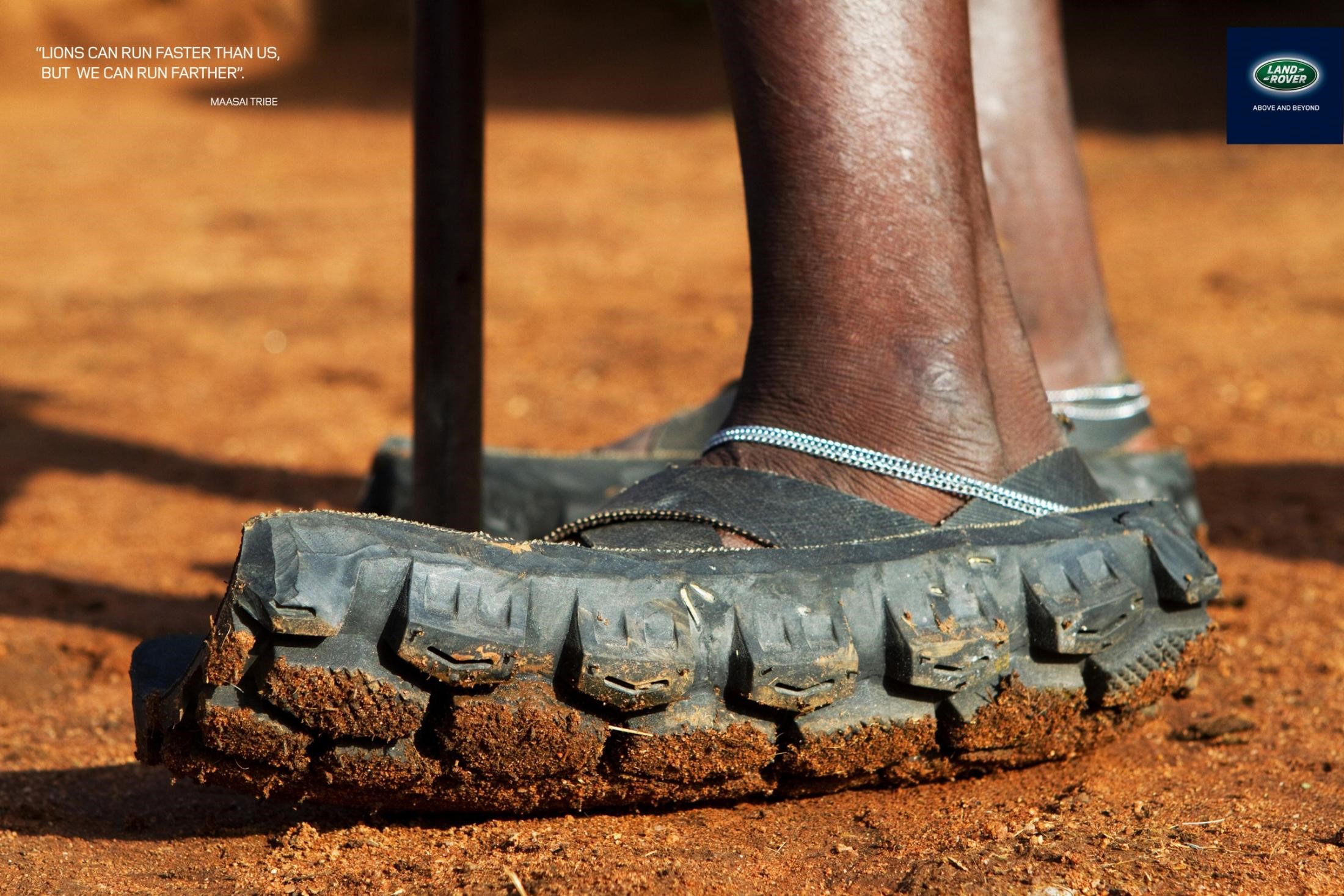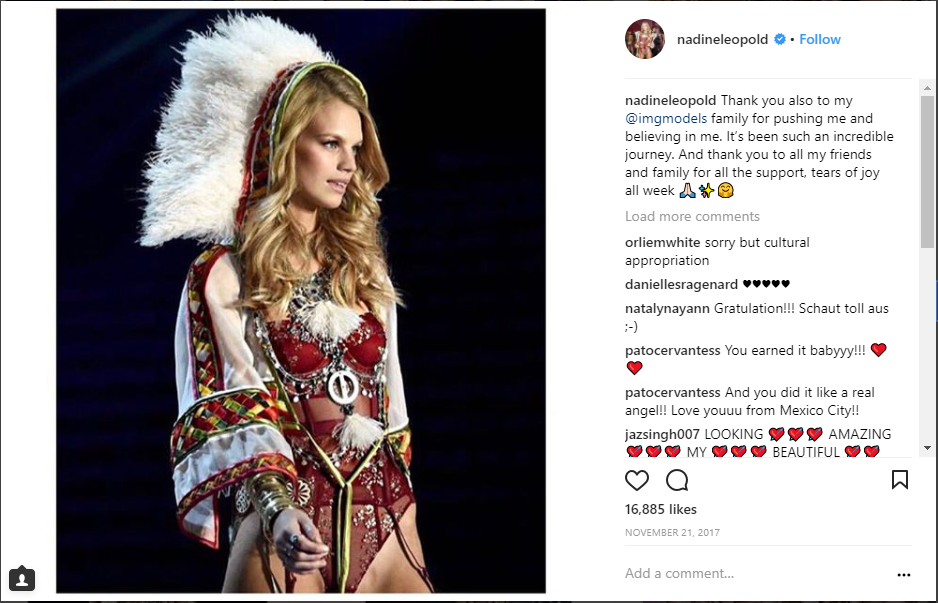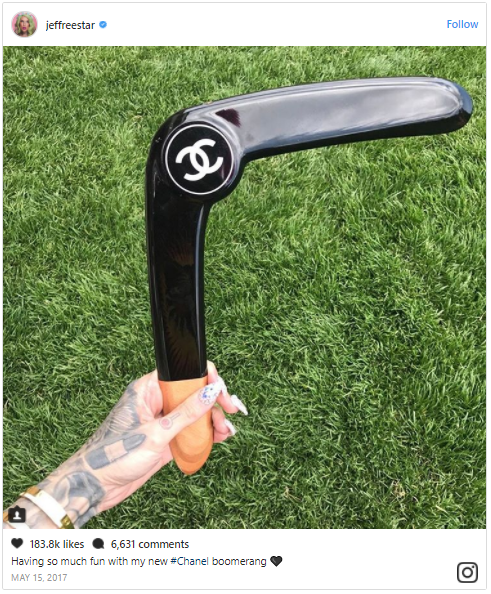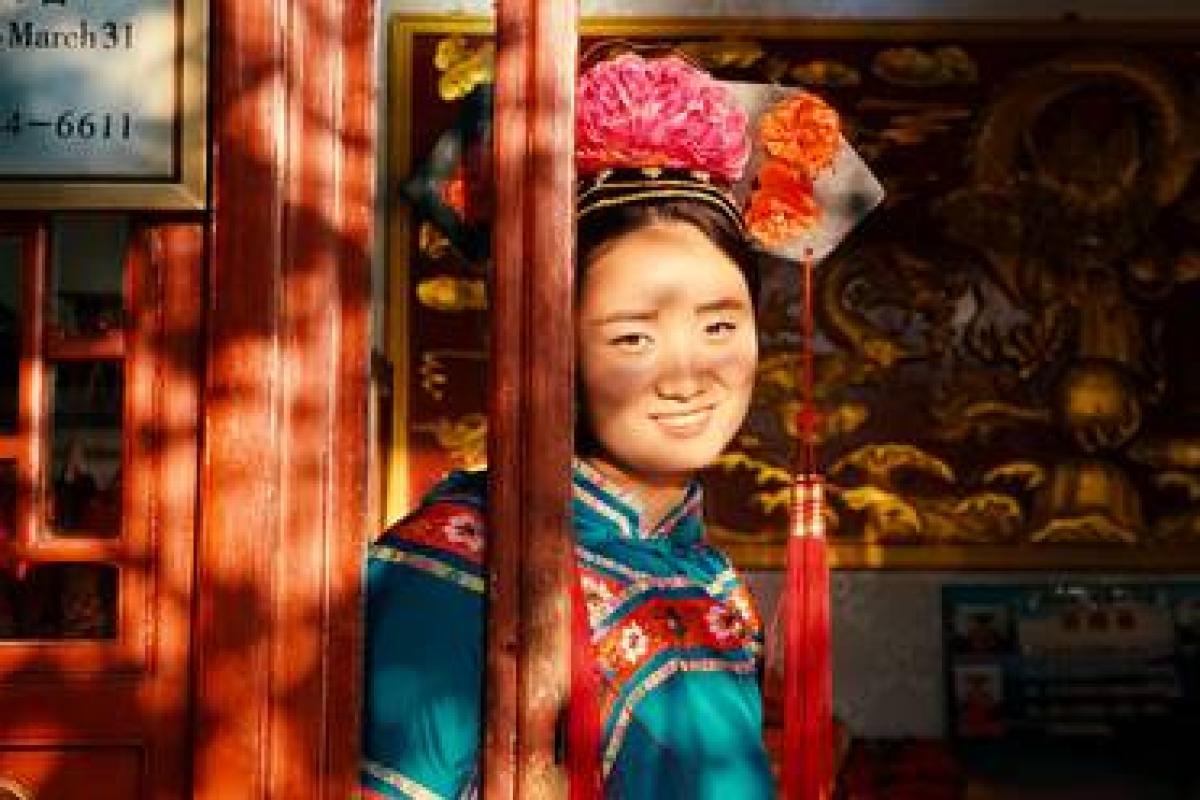From using ethnic patterns, colour codes, distinctive traits or names, nowadays it is not unusual for brands to tap into tribal culture to develop, market, and communicate about their goods or services.
The practice – which has always existed – has especially gained visibility over the past few years with the advent of social media. On the one hand, this can be an asset for brands and advertisers, but it also comes with its downsides.
Creative Culture focuses on examples that have recently hit the headlines:
There’s money in the Maasai

Over the past decade, many brands – from Louis Vuitton to Land Rover – have used features of Maasais cultural in their campaigns. For instance, a 2014 print advert for Land Rover featured a Maasai proverb and the image of a man wearing shoes fashioned out of tyres. Among the tribe, and throughout Eastern Africa, these shoes (known as "Ten Thousand Milers"), are often sported for their durability.
Aware of the use of their own characteristics by giant brands and advertisers, the Maasai people recently began taking steps to legally protect their cultural heritage.
In order to do so, they are partnering with advocacy groups aiming to defend their interests.
Native American No-No

Cultural appropriation is also topical across the pond, as proven by several cases over the years. Renowned brands like Urban Outfitters and Victoria’s Secret were put in the spotlight in 2017 for presenting Native American-inspired clothing and accessories collections that either used a tribe’s name, patterns or cultural references without seeking their authorisation or approval.
During the annual Victoria’s Secret Fashion Show, model Nadine Leopold sported an outfit inspired from the ‘A Winter’s Tale’ collection, which drew inspiration from Lapland. However, many viewers felt her headdress too closely resembled a Native American war bonnet.
Backlash was quick to appear on social media feeds, as the brand had already been in hot water in 2012 for representing the month of November with Native American-inspired outfits worn by a Caucasian model.
Aboriginal Outrage

Different place, different tribe: Australia is no stranger to the phenomenon of cultural appropriation.
Down Under, Aboriginal Australians were recently in the spotlight when French luxury brand Chanel unveiled a collection of sports accessories, including a £1,100 boomerang.
Many took to social media to denounce this as cultural appropriation. Most of the critics focused on the fact that Chanel did not ask for authorisation to market what is seen as a major Aboriginal cultural item.
So, what does this mean from a marketing point of view?
When brands want to feature a celebrity in their advertisements or communication materials, they need to pay royalties to be legally entitled to use their image – so why shouldn’t it be the same for a group of people?
This is what local tribes around the world are trying to achieve, arguing that if brands want to use their image, distinctive traits and more broadly their culture, they should be able to financially benefit from it.
Brands and advertisers should work hand in hand with local communities as a way to prove their commitment, moral principles and ethics. From a consumer perspective, these partnerships are increasingly valued and may even be used as a value proposition.
By Creative Culture



